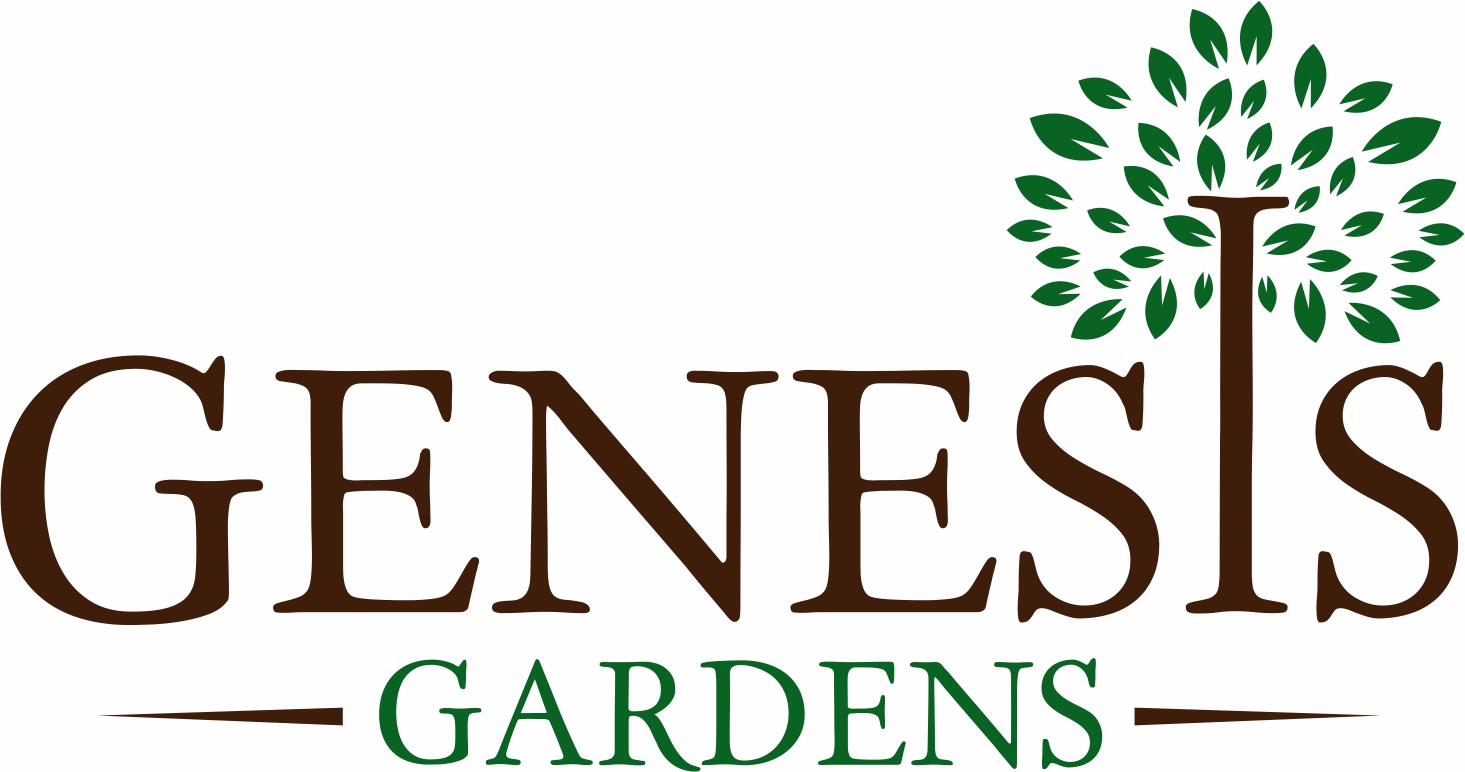Why using puddled clay to line your pond is the environmentally-friendly choice
Ponds are an important part of any wildlife-friendly garden and, where practical, we encourage clients to consider a pond in their garden. A pond also creates a natural focal point in your garden.
As a rule, modern ponds are lined with manmade materials. Popular choices are Butyl and Epalyn (EDPM), both types of rubber. Both Fibreglass and Concrete are also regularly used for pond lining.
But these materials are not environmentally friendly.
At Genesis Gardens, one of our core values is to be kind to the environment and as natural as possible in our use of materials.
With this in mind, we are particularly interested in creating natural clay-lined ponds (ponds lined with puddled clay) for our clients.
What is puddled clay?
Put simply, puddled clay is just clay that has had all the air completely squeezed out of it. The process of puddling compacts the clay into a solid, watertight layer. This layer will then form the base of your pond.
Puddled clay has lined waterways such as canals and reservoirs for many years – and in fact, is still used in maintaining canals today.
Historically, clay was puddled by sheep or cattle. Now, puddling parties can be popular – ask everyone you know to don wellies and old clothes and help trample the clay! You’ll build up the clay in layers to the desired thickness. A digger or tractor driven over and over the clay is also an option, albeit a less natural and eco-friendly one!
The pros of a natural clay-lined pond are fairly obvious. This is eco-friendly gardening at its best!
A pond lined with puddled clay is as natural as it gets. So, if creating a wildlife-friendly garden is important to you then this is certainly something you should consider. Additionally, your pond will look extremely natural.
As we’ll explain below, you may be able to puddle your own clay, but even if you have to purchase suitable clay you will find it is relatively inexpensive to do so.
But, we have to be honest, there are a few cons to consider when thinking about using natural clay to line your pond.
Creating a puddled clay-lined pond is not necessarily the quickest and easiest route. Puddling clay is a messy job and it can be time-consuming.
The lining of a natural clay pond needs to be a minimum of 20 cm (8”) thick over the entire surface of the pond. Many experts recommend 30-40cm for a larger pond. This is something to bear in mind when thinking about your space and the size of your pond.
Maintenance should also be kept in mind. If you choose the puddled clay-lined pond route, it is important to ensure your pond always remains full. This is because if the clay dries out around the edges, it will crack and lose its waterproofing. Evaporation does happen, both thanks to wind and sun. So you will need to ensure you can easily top up the pond, for instance from a water butt or hosepipe.
This falls into two main areas.
Firstly, you need to be sure that your site is suitable. You’ll need a firm base, somewhere where the ground has not been recently disturbed. The slope of the clay bank needs to be less than a 30% gradient to guard against erosion and sliding clay. According to the RSPB, a gradual sloping side also makes access much easier for wildlife such as birds, hedgehogs and amphibians.
Secondly, we come to soil suitability. You will need to find out if the earth in your own garden has enough clay in it to be suitable for puddling. The requirement is for the soil to have a clay content of at least 60%. If your own soil is not suitable, you can purchase puddling clay to use instead.
To ensure the suitability of both your site and your soil, our expert team can perform simple tests and assessments and advise you on the best way to proceed. Just drop us a line and we’ll arrange to visit.
Of course, but professional help is worth it. This is a hard physical job with a few critical things to get right for long-term success.
We recommend calling in our team to help and advise, even if it is just to ensure your garden is suitable. We can also test your soil to see if the clay content is sufficient.
After this, the next steps are digging the pond area, puddling the clay and testing to ensure you have a watertight layer. Then comes the filling and choosing suitable plants for your natural clay-lined pond.
Creating your own wildlife haven with a natural clay pond may take a little longer than throwing down a plastic liner, but, in our experience, it is absolutely worthwhile.
One thing is for sure, the wildlife inhabitants of your garden will be extremely grateful.
